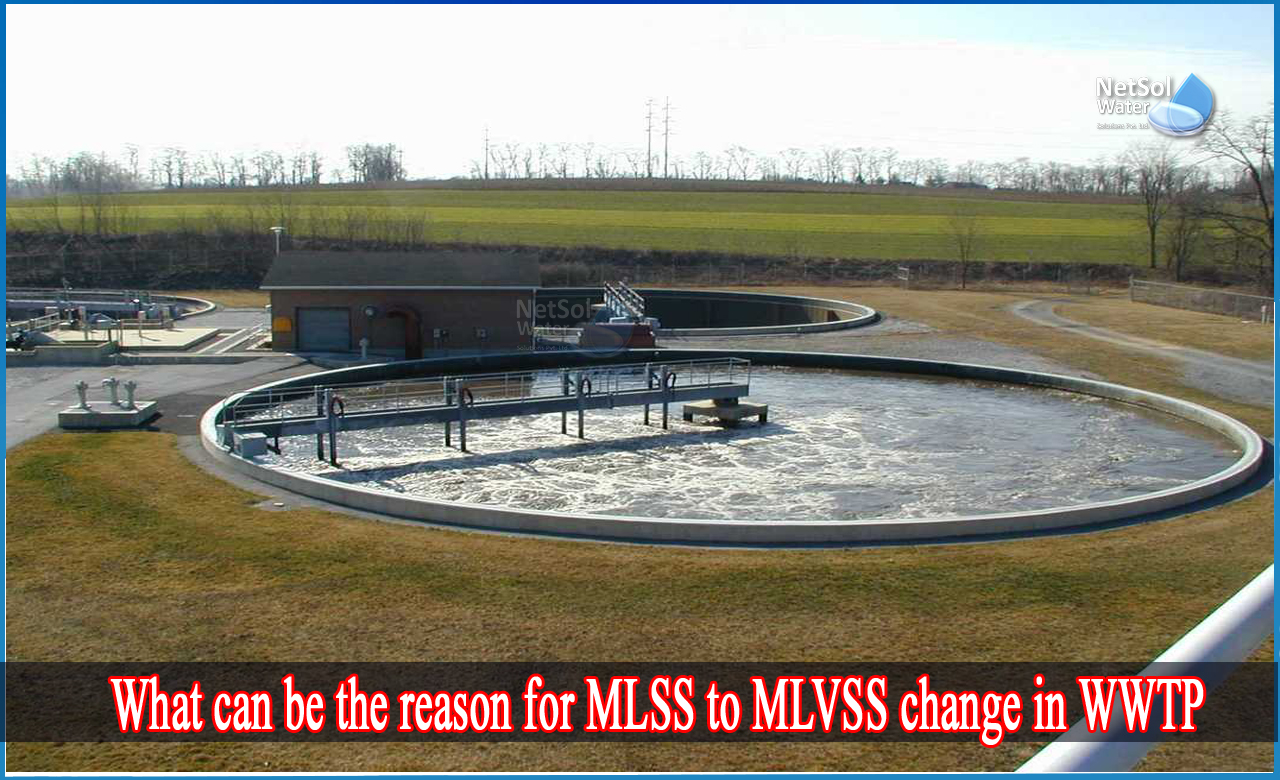What can be the reason for MLSS to MLVSS change in WWTP?
Biological unit tests are all data points that assist operators in determining the unit's "biological health." Under normal operating circumstances, you do not need to conduct all of the tests or do them on a regular basis; nevertheless, under changing conditions, frequent tests enable operators identify problems before effluent quality is compromised.
What is the biological wastewater treatment method?
Biological wastewater treatment appears easy on the surface since it relies on natural processes to aid in the breakdown of organic contaminants, but it is a complicated, poorly understood process at the intersection of biology and biochemistry.
Biological treatments rely on bacteria, nematodes, or other tiny organisms to degrade organic pollutants through natural cellular processes. Wastewater often contains a smorgasbord of organic materials, including rubbish, wastes, and partially digested meals.
The purpose of biological wastewater treatment is to design a system in which the breakdown products may be conveniently collected and disposed of.
What is the test for mixed liquor?
The “SV30” is a rate of settling test. When mixed liquor is placed into a graduated settling vessel (big graduated cylinder or single purposed SV30 container), it is allowed to settle for 30 minutes undisturbed. Some operators measure the volume of solids at 5 minute intervals to create a settling rate graphic. In addition to biomass amount, operators should take notice of supernatant turbidity and the presence of particles or tiny floc.
What is MLSS?
The concentration of suspended particles in an aeration tank, during the activated sludge process, which happens during wastewater treatment, is known as mixed liquid suspended solids (MLSS). It is often measured in milligrams per litre (mg/L). It is a crucial aspect of the activated sludge process because it ensures that there is always enough active biomass available to absorb the applied amount of organic pollutant. This is referred to as the food to microbe ratio, abbreviated as the F/M ratio. By keeping this ratio at an acceptable level, the biomass will eat a large proportion of the food. This reduces residual food loss in the treated effluent.
What is MLVSS?
The MLSS that is cramming down the incoming food is known as the Mixed Liquor Volatile Suspended Solids (MLVSS). The volatile solids content in a mixed liquor sample will be dominated by microbes and organic materials.As a consequence, the volatile solids concentration of mixed liquor is about equivalent to the amount of microorganisms in the water and may be used to detect whether enough bacteria are present to filter the water.
MLVSS vs. MLSS
The distinction is that MLSS refers to total solids weight, whereas MLVSS refers to the volatile percentage of total solids (usually just biological solids - but can also include fibres and other organic influent solids).
If you see a rise in the non-volatile proportion, this might indicate
- More powerful non-volatiles;
- Inadequate waste results in the accumulation of non-biodegradable or inorganic solids. As sludge ages, it enters endogenous respiration, in which active living biomass as a percentage decreases;
- Drops in biodegradable organics encourage a decreased microbial population;
How does this shift in the MLSS/MLVSS ratio occur?
Use settling tests, turbidity, microscopic examination, respiration rates, and other applicable assays to determine operations rather than the ratio.Check to see if anything has changed upstream.
Because influent may vary fast and settling is frequently the first item impacted after a spill or upset event, certain industrial systems may require daily MLVSS and twice daily SV30 testing. Base your frequency on the variance you've noticed in the past, and because the SV30 is a low-cost, straightforward test, perform it frequently.
For further information, please call +91 9650608473 or email at enquiry@netsolwater.com.



